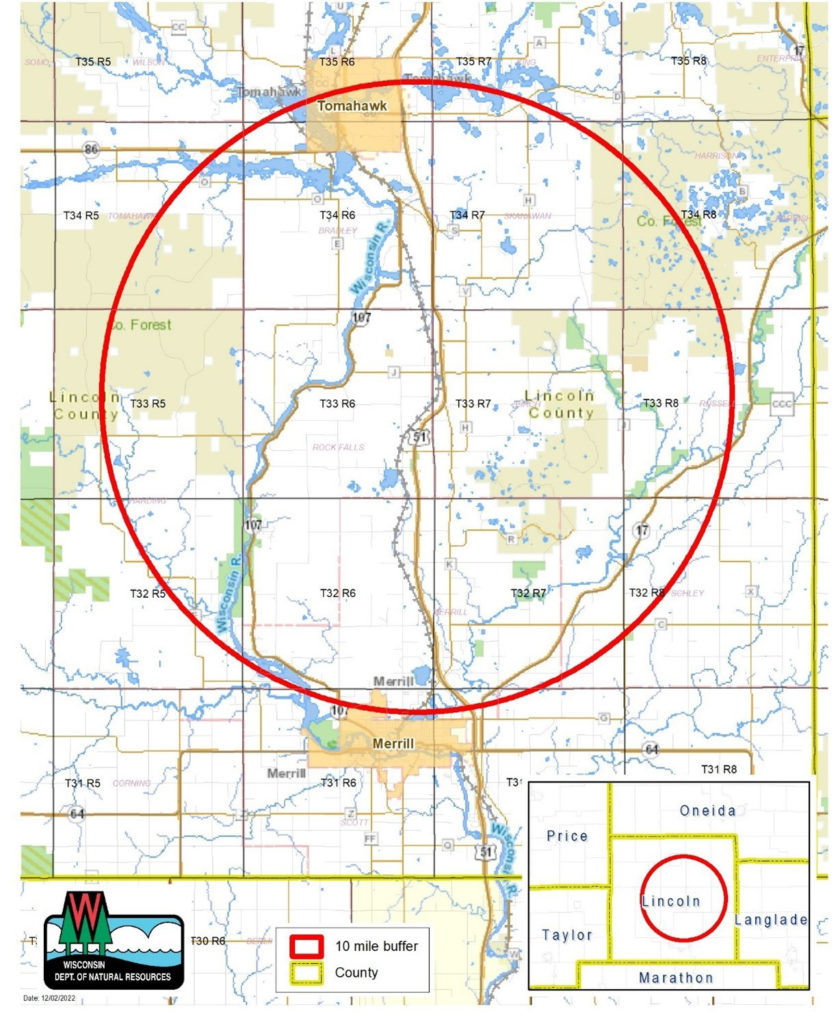New three-year baiting, feeding ban in effect as of Monday, Dec. 12
For the Tomahawk Leader
WISCONSIN – A new three-year baiting and feeding ban will go into effect in the entirety of Lincoln County on Monday, Dec. 12 following confirmation that a farm-raised deer in the county had tested positive for chronic wasting disease (CWD).
The Wisconsin Department of Natural Resources (DNR) said on Thursday, Dec. 8 that it had been notified of the positive test result by the Wisconsin Department of Agriculture, Trade and Consumer Protection (DATCP).
CWD is a fatal, infectious nervous system disease of deer, moose, elk and reindeer/caribou. It belongs to the family of diseases known as transmissible spongiform encephalopathies, or prion diseases.
DNR began monitoring the state’s wild white-tailed deer population for CWD in 1999, and the first positives were found in 2002.
In a release, DNR said state law requires that it enact a ban on feeding and baiting of deer in counties or portions of counties within a 10-mile radius of a farm-raised or free-roaming domestic or wild animal that tests positive for CWD.
DNR said it is asking hunters in Lincoln County to “to help with efforts to identify where CWD occurs on the landscape.”
“Those harvesting deer within 10 miles of the newly detected positive case are especially encouraged to have their deer tested,” DNR stated. “The collection of CWD samples is essential for assessing the presence of CWD in the deer population across the state.”

In addition to submitting samples for CWD testing, hunters are also encouraged to properly dispose of deer carcass waste by locating a designated dumpster, transfer station or landfill location on the DNR website.
“Proper carcass disposal helps slow the spread of CWD by removing potentially infected deer carcasses from the landscape,” DNR said.
A map of CWD sampling and carcass disposal locations is available on the DNR website at www.bit.ly/3Y7g7hB.
More information regarding baiting and feeding regulations and CWD in Wisconsin is available on the baiting and feeding regulations webpage at www.dnr.wisconsin.gov/topic/hunt/bait.html.
